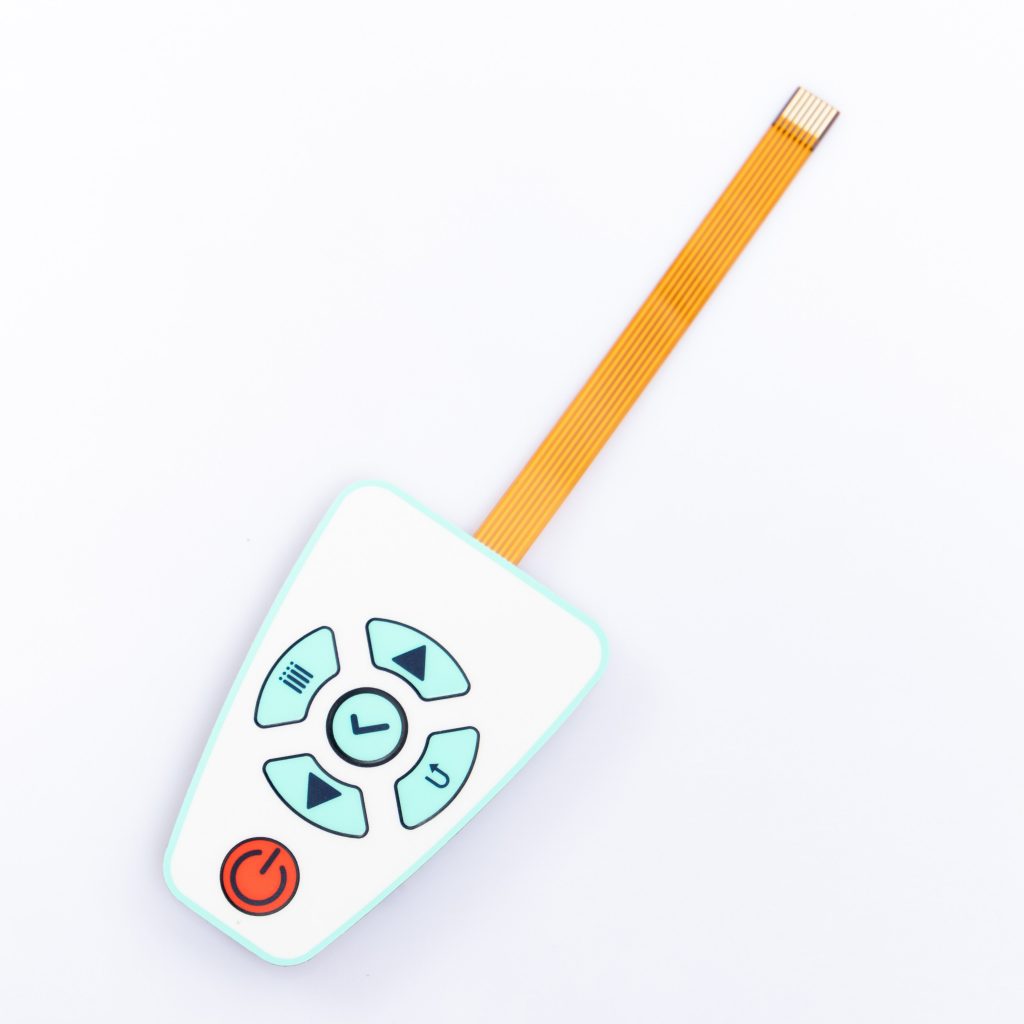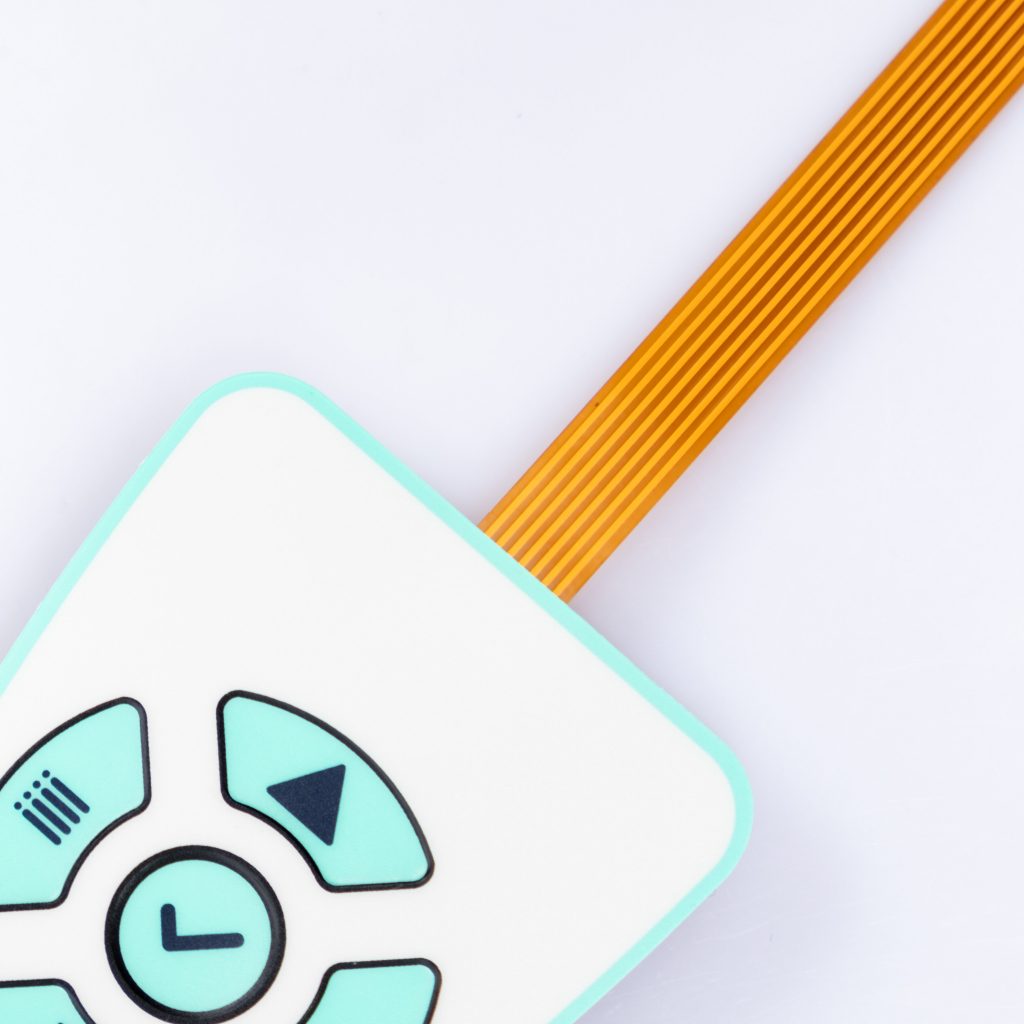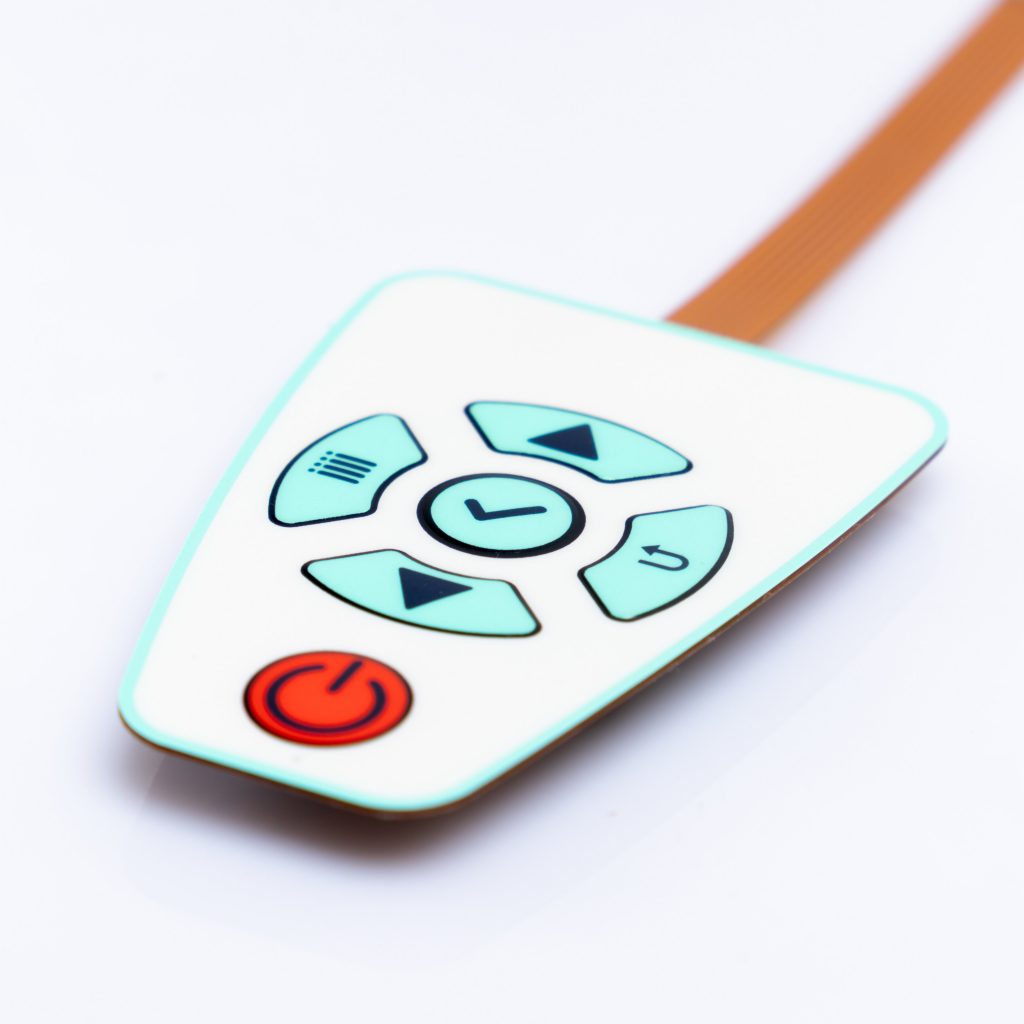Contact
Write to Us And We Would Be Happy to Advise You.
Do you have any questions, or would you like to speak directly with a representative?
By hqt
When it comes to creating high-quality membrane switches, two popular printing methods are often employed: screen printing and UV printing. Both techniques offer unique advantages and are used in various applications. In this article, we will delve into the process differences between screen printing and UV printing for membrane switches. By understanding these distinctions, you can make an informed decision about which printing method best suits your specific needs.



Screen printing, also known as silk screening, is a widely utilized technique in the printing industry. This traditional method involves transferring ink onto a substrate using a mesh screen. The screen acts as a stencil, allowing ink to pass through only in specific areas determined by the design.
Screen printing involves several steps:
Screen printing offers several benefits for membrane switch production:
UV printing, also known as UV-curable printing, is a modern printing technique that utilizes ultraviolet light to instantly cure or dry the ink. This method has gained popularity in recent years due to its efficiency and versatility.
UV printing involves the following steps:
UV printing offers several advantages over traditional printing methods:
Now that we have explored the individual processes of screen printing and UV printing, let’s delve deeper into the key differences between these two methods when used for membrane switches.
In screen printing, the ink is typically applied in thick layers, resulting in a more pronounced and durable graphic on the membrane switch. This characteristic makes screen printing suitable for applications where durability and longevity are essential.
On the other hand, UV printing involves the deposition of much thinner ink layers. While this method may not provide the same level of ink thickness as screen printing, it offers advantages in terms of precision and the ability to achieve intricate designs.
Screen printing allows for vibrant and opaque colors due to the thick ink layers applied. The process offers excellent color matching capabilities, ensuring consistency across multiple membrane switches. If your project demands eye-catching graphics with intense colors, screen printing is a viable option.
UV printing, while not as capable of producing thick and vibrant colors as screen printing, still offers high color accuracy. The technology used in UV printers allows for exceptional color reproduction, making it suitable for projects that prioritize intricate designs and detailed graphics.
Screen printing is known for its versatility in working with various substrates. Whether you need to print on plastic, metal, glass, or other materials, screen printing can accommodate your requirements. This flexibility is particularly advantageous when dealing with membrane switches designed for diverse applications.
UV printing also offers compatibility with a wide range of substrates, making it a suitable option for many projects. From rigid materials like acrylic and polycarbonate to flexible films, UV printing can adapt to different surfaces. This flexibility is a significant advantage when you require a membrane switch for non-standard or unconventional applications.
Screen printing is well-suited for high-volume production due to its efficiency in handling large quantities. Once the screen is prepared, the printing process can be repeated multiple times with consistent results. While the initial setup cost for screen printing can be higher, the per-unit cost decreases as the quantity increases, making it cost-effective for large-scale projects.
UV printing offers faster production times compared to screen printing. The UV-curable ink dries almost instantly upon exposure to UV light, eliminating the need for additional drying or curing steps. This efficiency allows for quicker turnaround times, making UV printing ideal for projects with tight deadlines.
However, it’s important to note that UV printing may not be as cost-effective as screen printing for extremely large quantities. The cost per unit may be higher due to factors such as ink consumption and the need for specialized UV-curable inks. Therefore, when considering production time and cost, it is crucial to evaluate the specific requirements of your project.
Screen printing excels in terms of durability and longevity. The thick layers of ink provide excellent resistance to wear, making the graphics on membrane switches highly resilient. This characteristic is advantageous in applications where the membrane switch will be subjected to frequent use, harsh environments, or potential abrasion.
UV printing, while not inherently as durable as screen printing, still offers good resistance to wear and tear. The cured ink forms a protective layer that safeguards the graphics on the membrane switch. However, if the application involves extensive contact or abrasion, screen printing may be the preferred option for maximum durability.
When it comes to intricate designs and fine details, UV printing holds an edge over screen printing. The precise inkjet technology used in UV printing allows for exceptional accuracy, making it possible to reproduce even the most intricate graphics on a membrane switch. This capability opens up opportunities for creative and visually stunning designs.
Screen printing, while capable of producing detailed designs, may face limitations in terms of intricate patterns or complex graphics. The thick ink layers used in screen printing can sometimes blur fine details or lead to slight variations in the reproduction of intricate designs.
Yes, UV printing allows for the application of multiple layers of ink. This feature is particularly useful when creating membrane switches that require different levels of opacity or when incorporating textures and patterns into the design. By successively applying and curing layers of UV-curable ink, you can achieve complex and visually appealing graphics.
Yes, screen printing tends to be more cost-effective for large-volume projects. While the initial setup cost for screen printing may be higher compared to UV printing, the per-unit cost decreases as the quantity increases. Therefore, if you require a significant number of membrane switches, screen printing can offer substantial cost savings.
Both screen printing and UV printing have their environmental advantages. Screen printing typically uses solvent-based inks, which can release VOCs during the printing process. However, advancements in ink technology have led to the development of eco-friendly options that minimize the environmental impact.
UV printing, on the other hand, emits minimal VOCs and reduces the need for solvents. The UV-curable inks used in the process undergo rapid polymerization when exposed to UV light, resulting in a greener and more sustainable printing method.
Yes, UV printing is capable of reproducing smooth color gradients and fades. While it may not provide the same level of color depth as screen printing due to the thinner ink layers, UV printing still offers satisfactory results. By using advanced color management techniques and precise inkjet technology, UV printers can achieve seamless transitions between colors, allowing for visually appealing gradient effects.
When it comes to outdoor applications, screen printing is often the preferred choice. The thick layers of ink used in screen printing provide excellent resistance to UV radiation, weathering, and fading. This durability ensures that the graphics on the membrane switch remain vibrant and legible even when exposed to harsh outdoor conditions.
UV printing, while still capable of withstanding outdoor environments to some extent, may not offer the same level of long-term durability as screen printing. If your project involves extensive exposure to sunlight, extreme temperatures, or other environmental factors, screen printing is likely the more suitable option.
Yes, it is possible to combine both printing methods within a single project. This approach allows you to leverage the strengths of each technique to achieve the desired outcome. For instance, you can use screen printing to create the base layers with thick, vibrant colors, and then utilize UV printing to add intricate details or fine text. This combination provides a versatile and visually appealing result.
In the world of membrane switch manufacturing, choosing between screen printing and UV printing is a decision that can significantly impact the final product. Both methods offer unique advantages, and understanding their process differences is essential to making an informed choice.
Screen printing stands out with its durability, vibrant colors, and compatibility with various substrates. It excels in projects that demand robust graphics and resistance to wear and tear. On the other hand, UV printing offers fast production times, high precision, and the ability to reproduce intricate designs. It is a suitable choice for projects that prioritize intricate graphics, quick turnaround, and environmental sustainability.
Ultimately, the right printing method for your membrane switch will depend on factors such as project requirements, desired aesthetics, durability needs, and budget considerations. By carefully evaluating these aspects and consulting with printing professionals, you can select the method that best aligns with your specific goals and create a membrane switch that meets your expectations.
Do you have any questions, or would you like to speak directly with a representative?